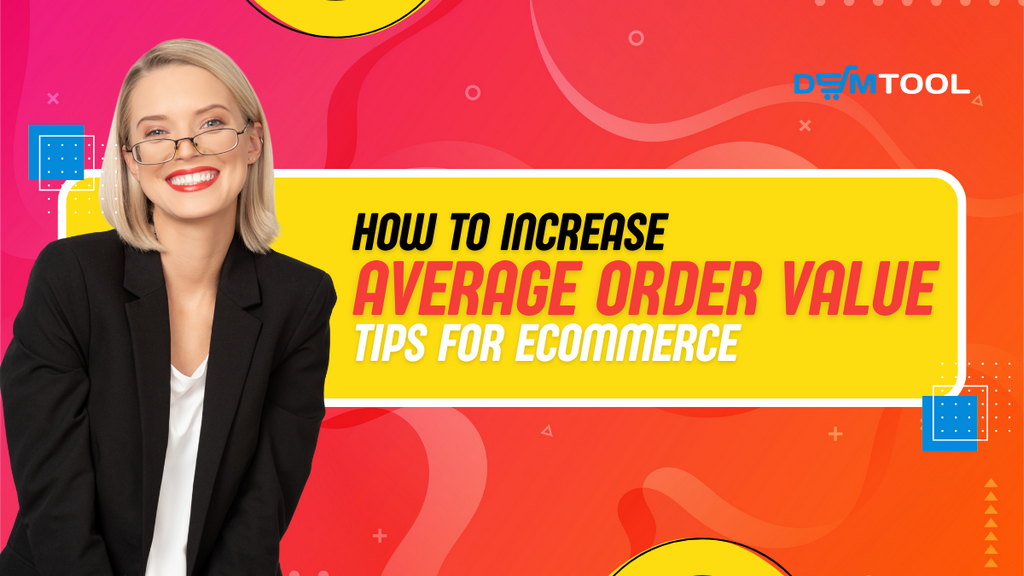
Have you ever struggled to determine how much money you make from your online store? There are so many variables that it’s easy to get confused: store & payment processing fees, taxes on the source site, returns & refunds, monthly payments, and many more. Online sellers have to keep track of various metrics like profit margins, click-through rates (CTR), and average order value (AOV).
Most beginners probably didn’t even know about CTR and what is average order value. In this article, we will talk about:
- What is average order value (AOV)
- How to calculate average order value / average order value formula
- How to increase average order value
Do you know What is a Good Profit Margin for Dropshipping? Check out this guide to find out!
What Is AOV? How To Calculate Average Order Value? Average Order Value Formula
In eCommerce, the metric average order value (AOV) is the average amount customers spend each time they place an order. It’s a useful metric that can help you understand customer behavior. Based on AOV, you can make informed decisions about pricing, advertising, and market positioning, and marketing campaign planning.
While you could hire a SharpSpring Agency to take advantage of marketing automation and estimate your AOV, you can also do it yourself. It is pretty straightforward, as you only need to know your total revenue and the number of orders.
There’s also a positive correlation between AOV and your dropshipping salary. The more you sell on each order, the more revenue is generated. This is how to calculate average order value:

Now that you know how to calculate average order value, arises the logical question. How to increase average order value?
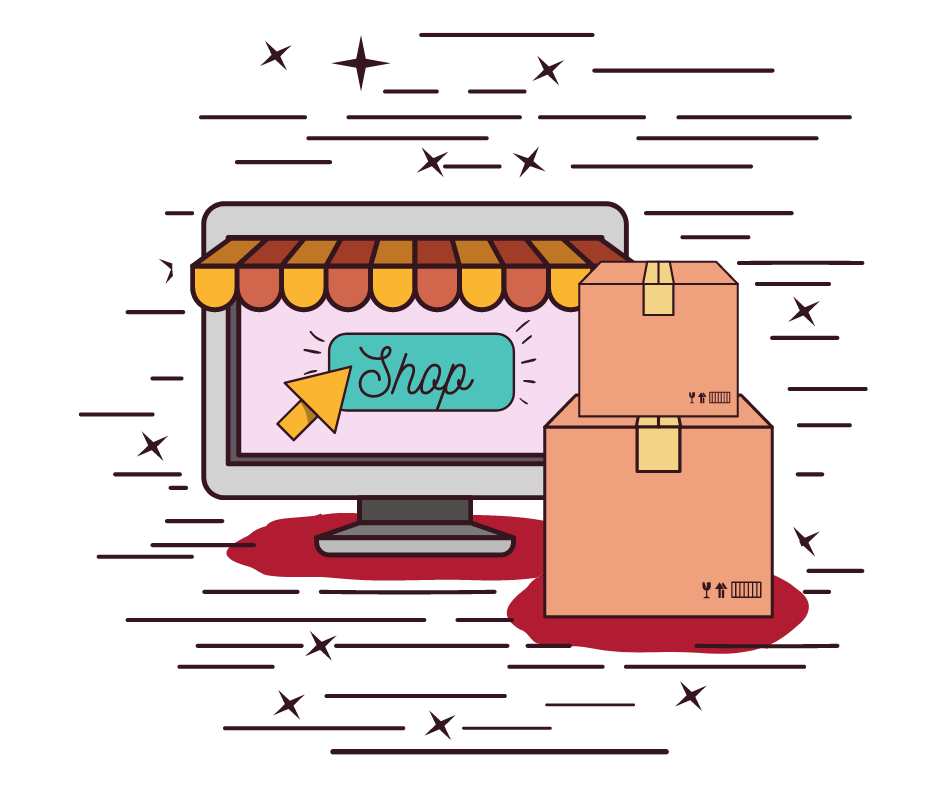
It’s time…
Don’t wait for success to come. Hire yourself and start your own dropshipping business
How To Increase Average Order Value: 4 Lesser-Known Ways
Most advice online on increasing average order value revolves around giving out incentives, setting a free shipping mechanism, or building a loyalty program. Most businesses are already using them. That’s why we’ll discuss lesser-known yet most effective ways to increase AOV.
Cross-Channel Marketing
Cross-channel marketing is basically connecting with your customers across various marketing channels. Omnisend’s Omnichannel Marketing Automation Statistics Report found that customers who interact with an omnichannel campaign with three or more channels are more likely to purchase.
Also, those customers are more likely to spend more during those interactions. While customers interacting with a single-channel campaign had a $58.70 AOV, omnichannel campaigns generated $66.31 AOV. A staggering 13% difference.
Personalization is certainly a reason why cross-channel campaigns are so effective. Using personalized interactions, you can show customers that you care for their interests and needs.
Omnisend is great, but it is not the only Email Marketing Service in the market.
Look how Sephora, the beauty store starts conversations and encourages interactions:

You can sense that the care you’ll be given here will resemble the perfect in-store experience. Once you start the conversation, you’ll receive relevant recommendations and find useful information about beauty. There will even be an online community of people who like beauty shopping as much as you do.
Of course, the industry leader has a multichannel approach including SMS, email marketing, push notifications, and more:
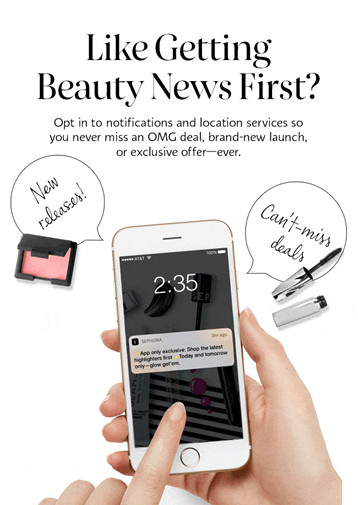
In a way, Sephora makes sure customers are regularly interacting with the brand and the community. This successful strategy is the key to building brand loyalty in the long run.
The Sephora app’s Virtual Artist, for instance, is one of the most popular features of the app. It lets customers virtually try on using augmented reality, leaving no room for bad surprises. If they like the look, they can store items on the app and buy them later.
It can be difficult to find the ideal product to address a skincare or beauty issue. But the Sephora app offers a ton of tools that can assist users in deciding which product will best treat their specific issue. The Beauty Quizzes, for instance, recommend relevant skincare, hair, or makeup products based on customers’ answers.
Or take this face makeup routine builder:
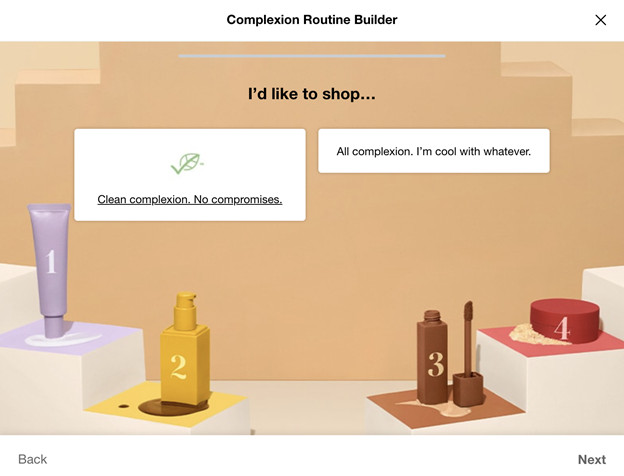
With a quick quiz, the brand offers you a personalized lineup from the comfort of your couch. The perfect way to drive engagement and sales.
Sephora is among the leading beauty stores and best Social Commerce Examples to learn from in 2022.
A/B testing
Your website’s design and content writing affect shoppers’ behavior, and so does your average order value. Your job is to find out customers’ motivations and come up with an intriguing website design that speaks to their interests and needs. That’s why regular A/B testing is important.
How do you find out about your audience’s interests and purchase motivations? Simple. You can A/B test anything involving content marketing and UX design. Some UI/Ux design software tools can help you with this process.
Product Page Design And Content
Instead of following generic advice, test content and design elements and see if they work for you.
Take Perfect Keto’s website for inspiration.
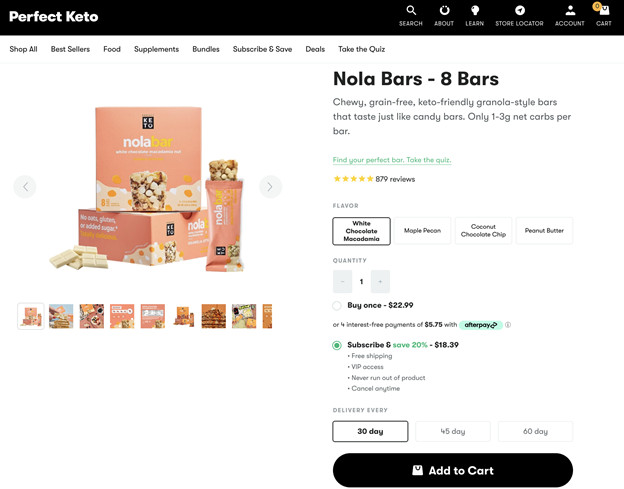
Perfect Keto is a subscription store that sells healthy snacks. Instead of forcing customers to subscribe, they let customers make one-time purchases. At the same time, they make sure to show the value of the subscription packages: free shipping, VIP access, and a 20% discount.
They also display all the other flavors just as fashion stores display color variants. It’s a small but effective trick that could boost AOV.
Now, none of those might work for your business, but the only way to find out is to test continuously. This holds true for product descriptions and images, positioning and color of price information, size of the Add to Cart button, and practically every other element.
With time, you’ll get a grasp on what captivates your audience, and tweak your strategy to better appeal to them.
Did you know that 39% of people will stop engaging with content when images don’t load or the loading time is too long? This is just one of the common issues users face when browsing e-stores. Luckily, it can be avoided by doing eCommerce usability testing.
Category Page Design
Isn’t it frustrating when you can’t find what you’re looking for on top online marketplaces? You know that they have a huge assortment, so it’s something else that stops you from finding what you need.
Well, the reason is the poor category page design. The crowded and messy category page design overwhelms customers to the point that they want to leave as soon as they can. So even when they buy, they don’t want to spend time on your website. That immediately translates into lower AOV.
Come up with the category page design that makes the most sense. Look how Asos alters filter types to ease the search experience:
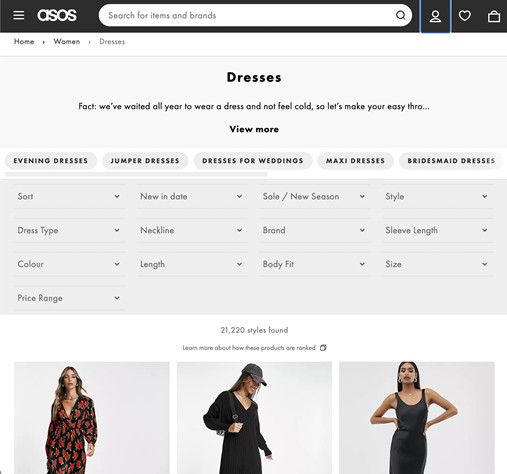
Test specific filter types across different categories. Your customers’ browsing data will give you a good idea about what kind of filters they’d be looking for.
ASOS is one of the most successful eCommerce stores and Best Instagram Shops. You should take an example from them!
Personalized Bundling
Bundling is an age-old strategy where you sell products together at a discounted price. But modern marketing tools can help you take your bundles to the next level and boost the average order value.
Accenture’s study found that 91% of consumers are more likely to shop from brands that remember their interests and needs and offer relevant recommendations. So instead of offering generic bundles, bring in the personalization element.
Today, you have so many resources that provide customer data. You’ll just have to merge the siloed data flowing from the marketing tools and eCommerce platforms you use. Bring together customer data to identify:
- Which items do customers buy together
- When and how frequently do they shop from your store
- Which items they have shown interest in (from browsing history, abandoned carts, and wish list data)
- What type of discounts (buy one get one free, percentage discount, voucher, etc.) have been more effective
- What size of discount has encouraged them in the past
With the information you’ll gather, you can bundle products that’ll make sense to the customer. Also, you’ll price your bundles in line with their willingness to pay.
If you don’t want to pay for a bundle kit extension or plug-in, you can create pop-ups from your eCommerce CRM tools with some level of automation. But these tools make it easy.

Bundling tools let you restrict display per customer group too. This means, even when you can’t gather individual data effectively, you can test a variety of bundles across customer segments. This way, you could create well-segmented bundles that’ll work better than a blanket discount and increase the average order value of your store.
Psychological Pricing Tactics
Pricing is an important part of your overall product development strategy. Some huge eCommerce brands such as Amazon and Apple use pricing as a competitive edge in a crowded market.
There are various psychological pricing strategies that can help increase AOV. And the psychology of pricing is worth learning about. When you learn how to use pricing as a marketing tool, you’ll realize that perception is more important than reality. Here’s what I’m talking about.
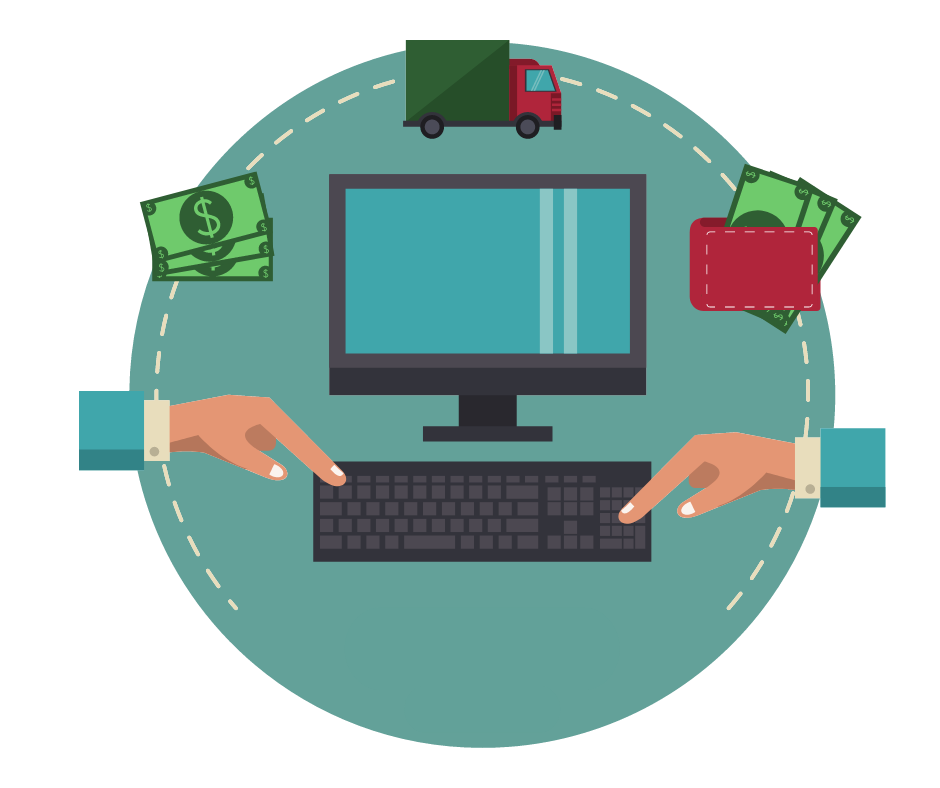
Not yet making money online?
Start your own dropshipping business. Sign up for a free trial of DSM Tool and we’ll help you get started. Today is the day.
Loss-Leader Pricing
When you’re shopping for popular items, you often see that Amazon competitively prices those products. And it’s no coincidence, it’s a pricing strategy.
Loss-leader pricing is a strategy where online sellers price best-selling products below cost/average to lure in the maximum number of shoppers. Once they land on your website, the idea is to upsell and cross-sell profitable products alongside the loss-leader.
Because the shoppers, knowing they got a pretty good deal on a laptop, don’t pay much attention to accessories’ prices.
The giant uses this strategy across categories. Over time, shoppers develop the idea that Amazon is the cheapest in every category.
Try loss-leader pricing, but make sure you’re not bleeding money. Start with a few loss-leaders and continue if you see a meaningful change in sales.
Running a Shopify store? Here are 5 Smart Ways to Increase Shopify Average Order Value.
Price Anchoring
Anchoring is a cognitive bias that makes us tend to rely too heavily on the first piece of information when making decisions. Marketers effectively benefit from this bias to increase average order value.
It works like this:
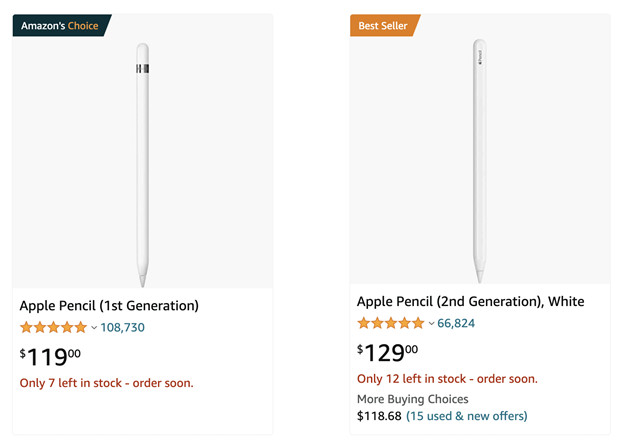
The first option, which is clearly more basic, is only slightly cheaper than the advanced option. So it seems only logical to choose the premium tier.
You can make use of the anchoring effect in both category pages and product pages.
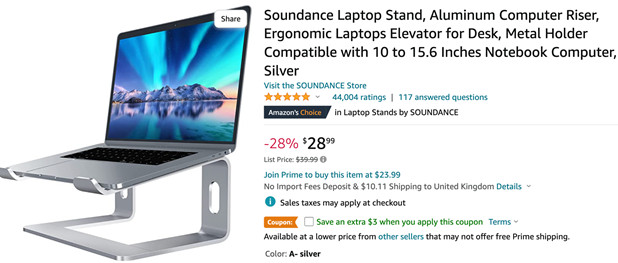
See the ‘List Price’? That’s an anchor price right there. Shoppers who land on this product’s page assume that it was sold at $39.99 initially. But we don’t know for how long it stood at that price, or even if it ever did. The term ‘list price’ doesn’t actually mean anything. It’s just a reference price point that makes you think you’re getting a good deal.
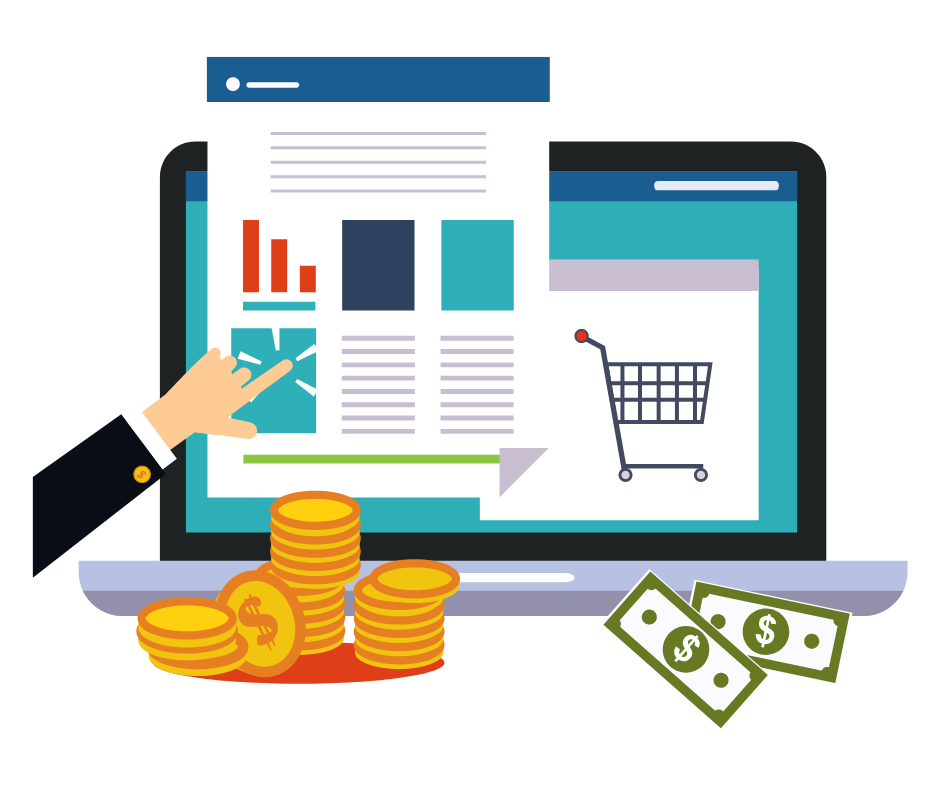
Don’t wait for the profits, make them!
Start a profitable dropshipping business with DSM Tool. Get a free course and a free trial of the software.
Final Words About Average Order Value
Increasing average order value and customer retention are great ways to increase revenue without acquiring new customers. Increasing average order value is less costly than acquiring new customers and more profitable in the long run. In this article, you learned how to calculate average order value and we suggested 4 ways for increasing AOV:
- Cross-channel marketing: focusing your marketing efforts on all the channels your customers are active on.
- A/B testing: testing different elements on your website and fine-tuning them to get the best results.
- Personalized bundling to make sure people get the most effective cross-selling offers.
- Psychological pricing tactics, because pricing is one of the most effective ways to get momentum in a competitive market.
Do you know other ways how to calculate average order value effectively? Or maybe you have tips on how to increase average order value? Let us know in the comments!

